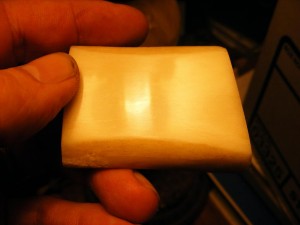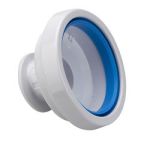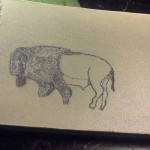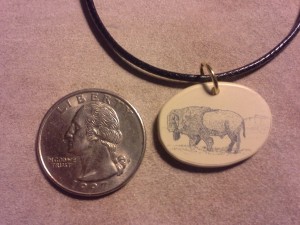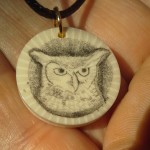According to BusinessWeek, antique dealers are threatening to leave New York over the ivory ban. Not that they want brand new fresh ivory, they have lots of antique ivory that will be reduced to next to nothing if they don’t do something about the latest state laws. (read more).
Aside from writing fiction (Samuel Shinpike – soon to be a series), we’ve been working with casein/galalith and have been pleased with the results. We’ll be offering cabs here soon on our products page.
We’ve also been focusing in on scrimshaw techniques on our newsletter, so far creating fur and whiskers. We’ll soon be testing out cattle horn often used for powder horns as well as further focus on techniques to create finer scrimshaw.
You can get these exclusive articles by signing up for our newsletter which comes out approximately weekly. We don’t spam, and we only want people who are genuinely interested in creating beautiful scrimshaw on alternative and eco-friendly materials. You can sign up below:
